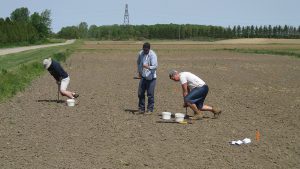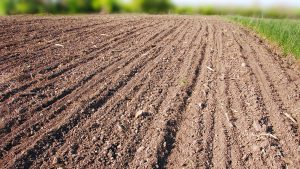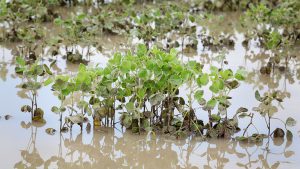Cropside: Specialty control
AGRONOMIC INFORMATION FROM ONTARIO'S CROP SPECIALISTS

TEN YEARS OF public research trials evaluating weed control in non-GMO soybeans at the University of Guelph have demonstrated that the key to success is to start with a soil applied herbicide program that has three or more different modes of action. In Ontario, there are a number of common weeds that are resistant to multiple herbicide groups and they simply won’t be controlled to a satisfactory level with herbicide programs having a single or double mode of action. During the 2018 season, this was demonstrated at a research site where a number of common weeds were present with common ragweed being the most dominant species (Figure 1). Since this particular population of common ragweed was resistant to two different modes of action (WSSA group 2 and 5), a dual mode of action soil applied herbicide such as Conquest LQ (WSSA group 2 and 5) provided unsatisfactory control (Figure 2), although it effectively controlled other species. When a third mode of action was added (WSSA group 14), control of common ragweed was excellent (Figure 3) and if there was the odd plant found, it had emerged well after the residual activity of the herbicide program had dissipated.
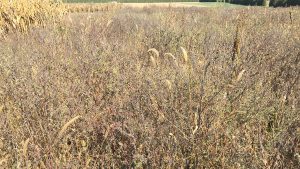
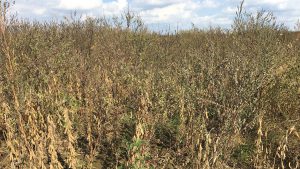
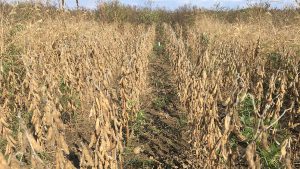
The following guidelines to achieve effective weed control in non-GMO soybeans have been consistent throughout the past 10 seasons:
- Budget around $70 – $80/acre for herbicide costs.
- Plan on applying a soil applied herbicide program with a minimum of three modes of action to eliminate an early season weed competition and protect yield potential. Will these programs sometimes deliver less than exceptional control due to lack of rainfall? Yes, but they will still provide some level of control and the seedling “escapes” are more successfully controlled with a post-emergence herbicide program than if that soil applied herbicide had not been applied. Relying exclusively on post-emergence herbicides to control weeds in non-GMO soybeans has provided the poorest results in the University of Guelph trials.
- More often than not, a post-emergence herbicide will be needed to control late emerging weeds and/or volunteer corn.
- If you have an appreciable level of perennial weeds (e.g. perennial sow-thistle) or weeds that stain (e.g. eastern black nightshade) and to which there is zero tolerance of, then don’t grow non-GMO, Identity Preserved soybeans.
Research trials evaluating herbicide programs in food grade soybean have been supported by Grain Farmers of Ontario. •

















